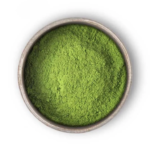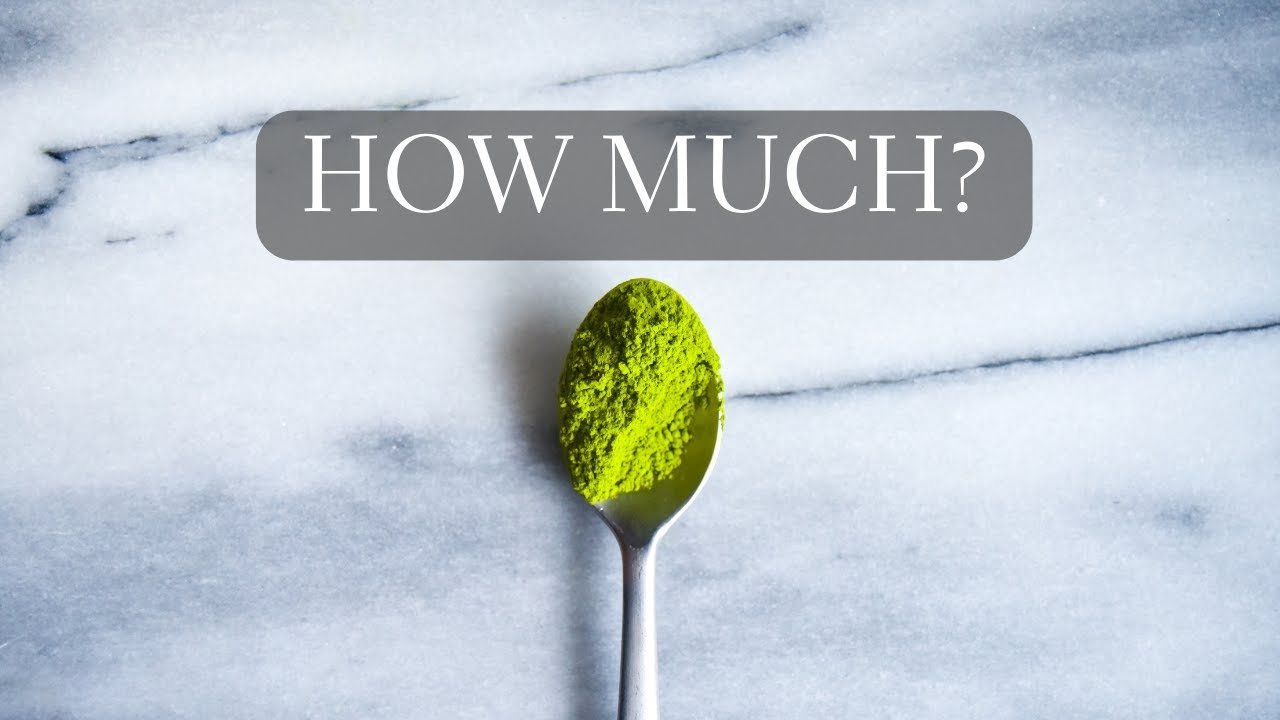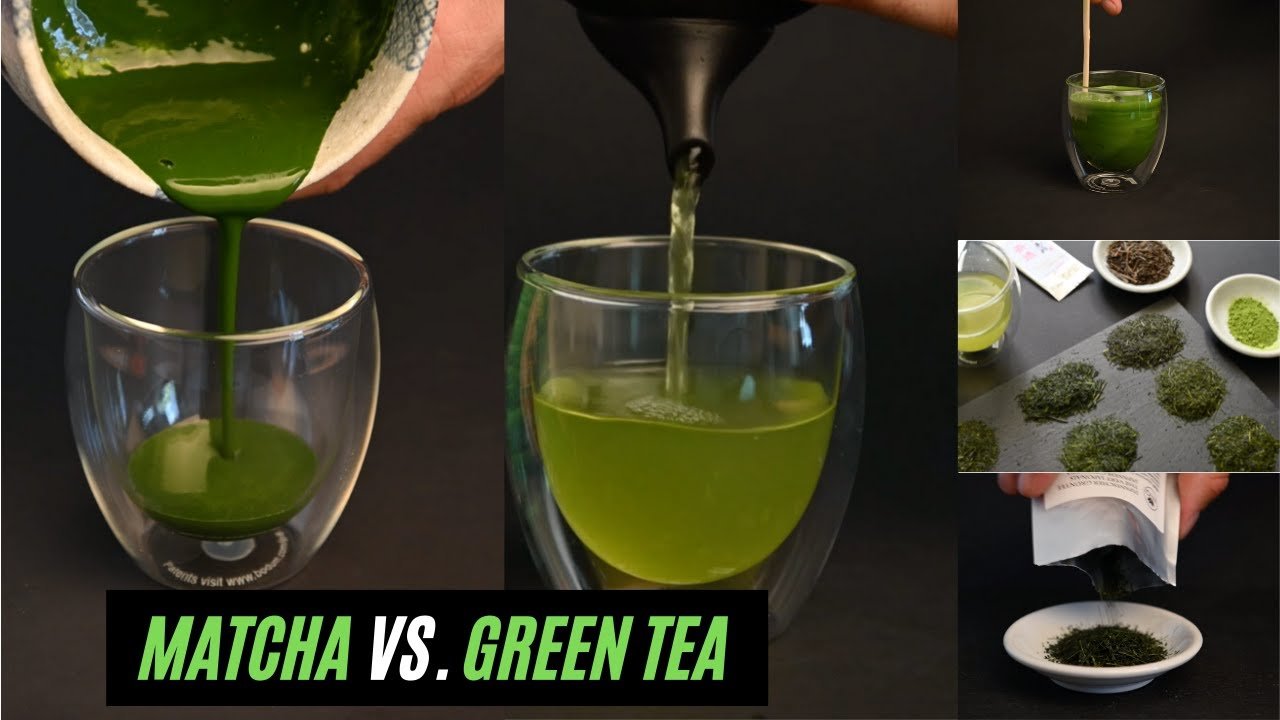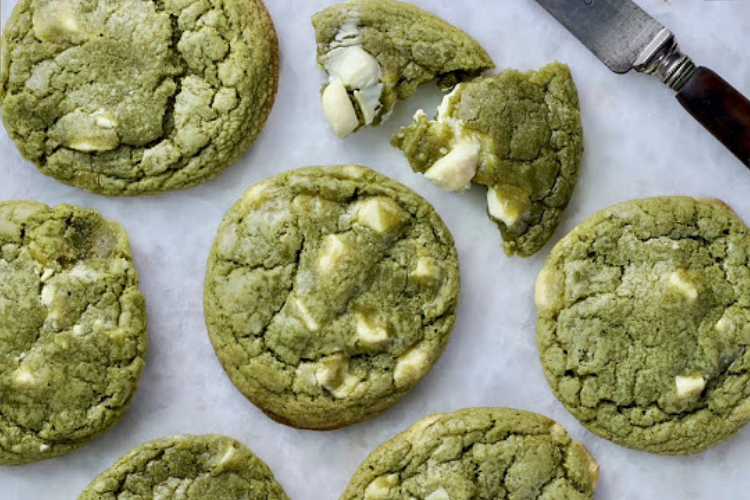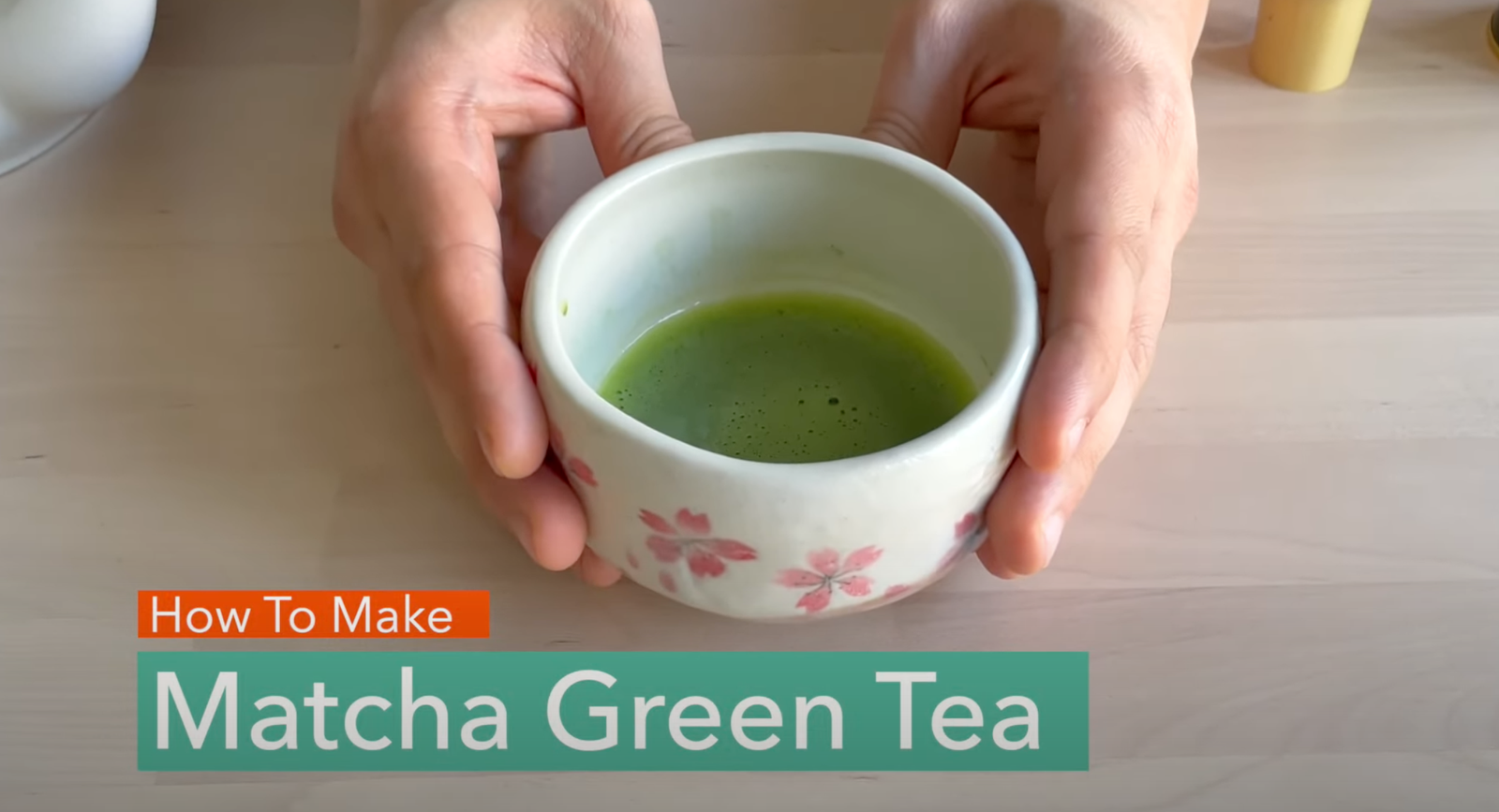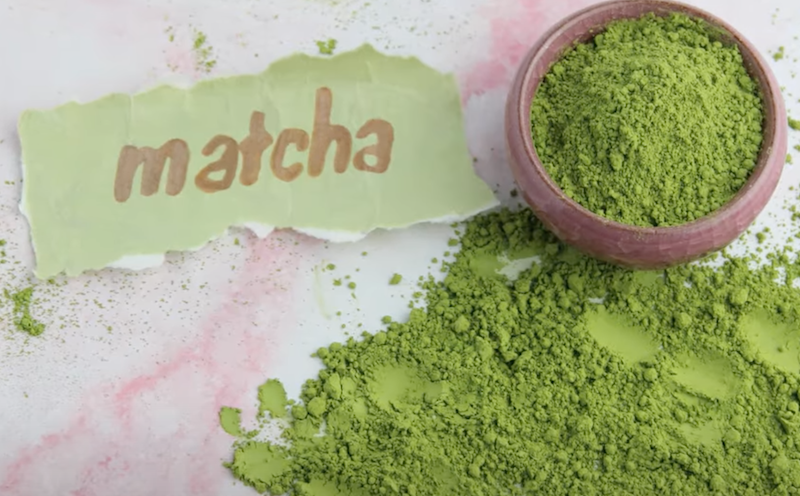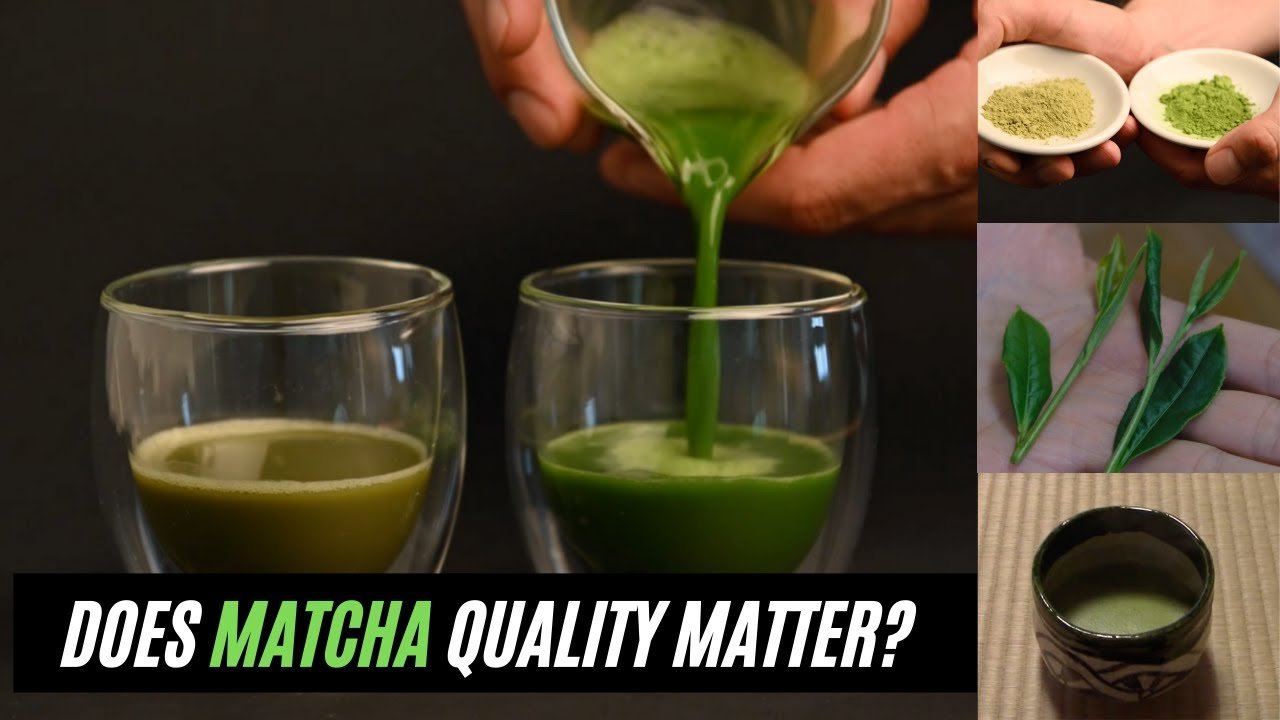Matcha tea has gained popularity worldwide for its unique taste and health benefits. However, determining the right amount of matcha per cup can be confusing. In this article, we’ll clarify how much matcha powder to use, discuss variations for different drinks, and address common problems associated with incorrect matcha proportions.
Optimal Matcha Proportions for Usucha
Usucha, or thin tea, is the most common way of preparing matcha. Typically, it is recommended to use 2 grams of matcha powder per 100 milliliters of water. This equates to about one teaspoon of matcha for roughly one cup of water.
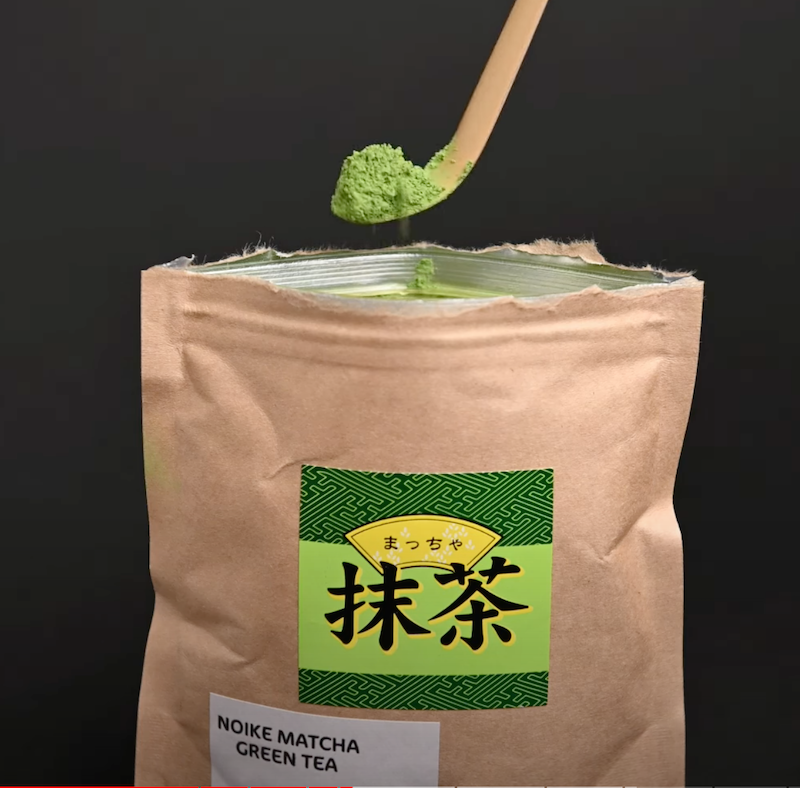
To maintain the same consistency in a standard eight-ounce cup, you should use 4 grams, or two teaspoons, of matcha powder.
The reason behind using such small quantities is to concentrate the flavor. A smaller volume of highly flavorful tea is generally preferred over a larger amount of diluted tea. For those accustomed to large mugs, try transitioning to smaller cups and taking smaller sips to fully appreciate the matcha’s subtleties.
Adjusting Matcha for Textural Preferences
Matcha’s direct mixing into water significantly affects the consistency and texture of the tea. A well-prepared matcha should have a thick, velvety consistency and a foamy top. This foam enhances the tea’s flavor and overall mouthfeel. Not using enough matcha results in a thin, watery tea, while too much can make the tea overly thick and paste-like.
Caffeine Considerations
High-quality ceremonial grade matcha contains about 34 milligrams of caffeine per gram. A typical serving made with 2 grams of matcha powder has about 68 milligrams of caffeine—comparable to half a cup of coffee. It’s important to monitor your caffeine intake, especially if using larger quantities of matcha.
You also may be interested in article: Matcha vs Coffee: Understanding the Caffeine.
Making Koicha: The Thick Tea
Koicha, or thick tea, requires a different approach. This type of matcha, typically used in special tea ceremonies, is made with double the amount of powder and half the amount of water compared to usucha.
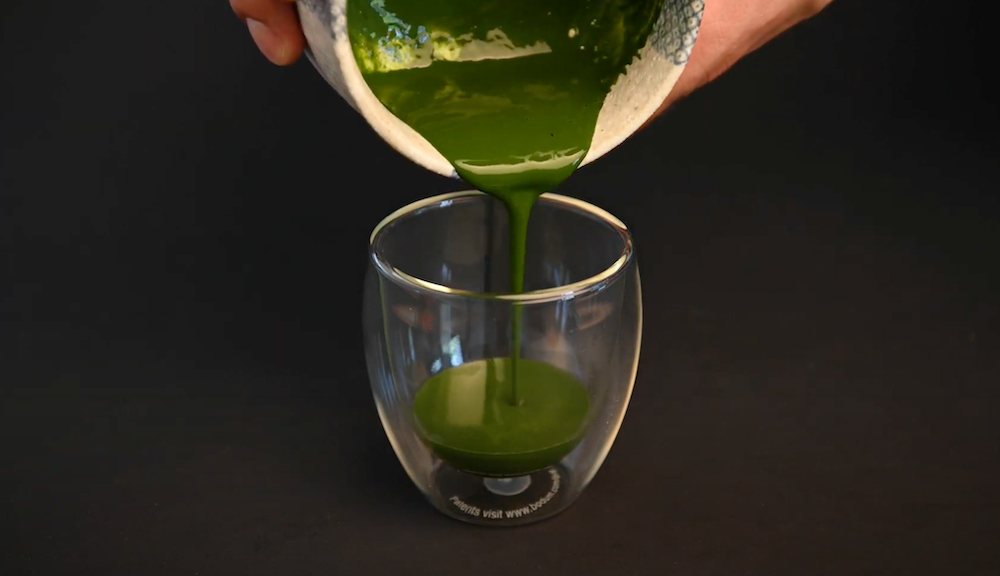
Use 4 grams of matcha powder with 50 milliliters of water to achieve the correct thickness. Only the smoothest matcha powders should be used for koicha to avoid bitterness.
Crafting the Perfect Matcha Latte
When making a matcha latte, the goal is to maximize the creaminess and sweetness while highlighting the matcha flavor. Start by mixing 2 grams of matcha powder into a paste with two tablespoons of water, then add one cup of plant-based milk—oat milk is recommended for its compatibility.
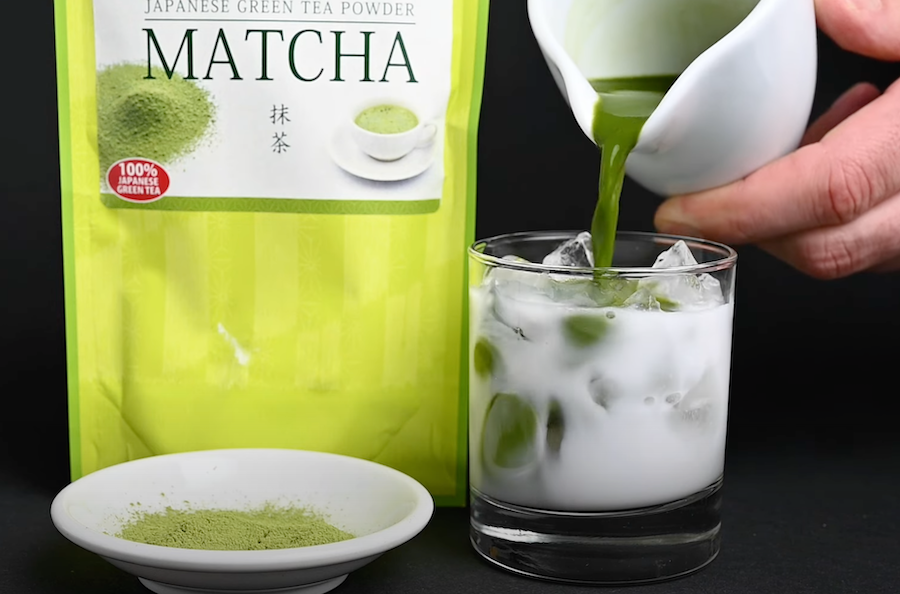
Depending on your preference, you can use either warm milk for a hot latte or cold milk for an iced version.
Why Less Water?
Using minimal water in a matcha latte helps to prevent dilution of the matcha’s robust flavor. More water can increase the volume but results in a less concentrated taste.
Conclusion: Matching Your Matcha to Your Needs
The amount of matcha you use should depend on the type of drink you are making. For a traditional matcha drink, sticking to 2 grams per 100 milliliters of water is advisable. However, for lattes, maintain the same amount of matcha but adjust the liquid to ensure a rich, flavorful experience.
Choosing the Best Matcha Powder
For plain matcha, opt for high-quality ceremonial grade matcha. For matcha lattes, we recommend a latte-grade matcha, which has a strong taste profile ideal for mixing with oat milk and sweeteners. This matcha is also grown without pesticides, ensuring it is safe and healthy for your lattes.
Thank you for reading this article. If you have any questions, feel free to leave them in the comments section. For more insights into the fascinating world of tea, subscribe to our future articles. Until next time, enjoy your matcha journey!
